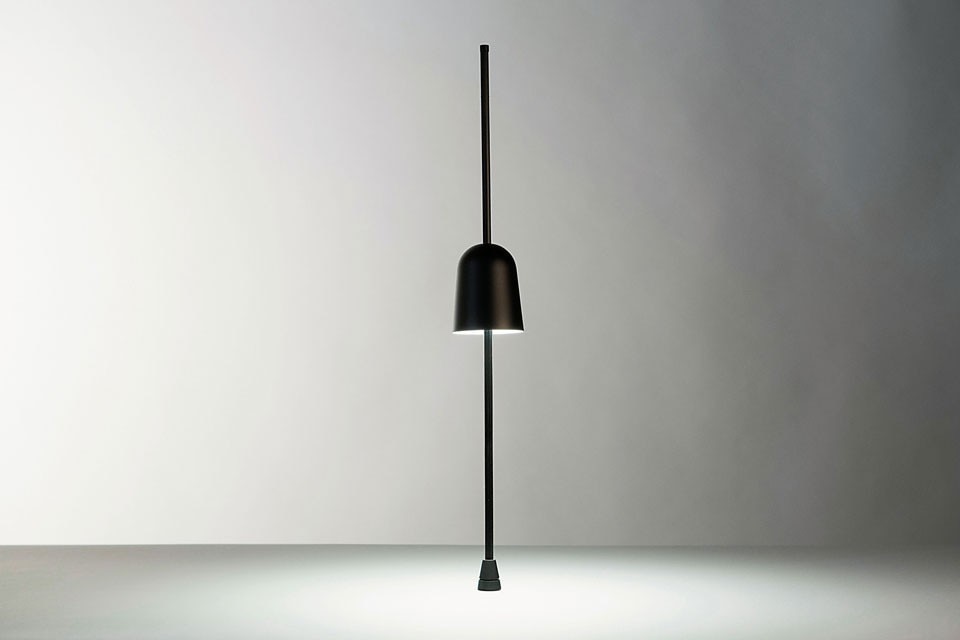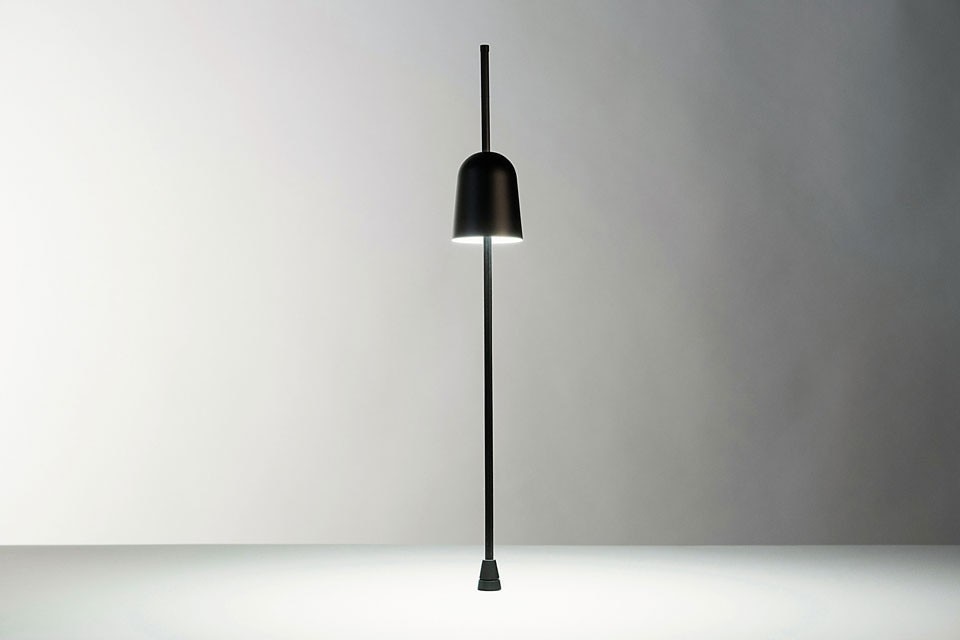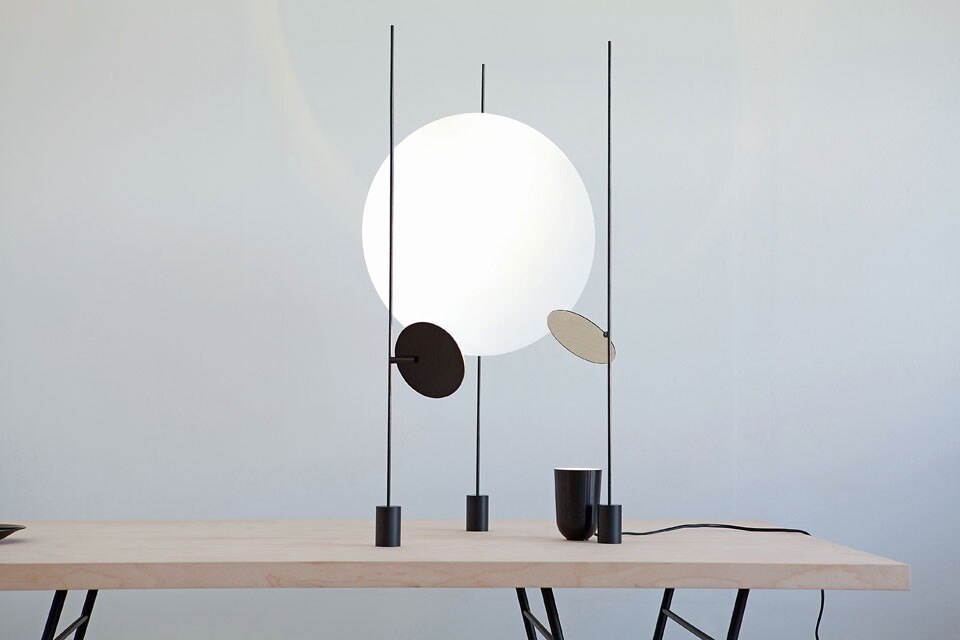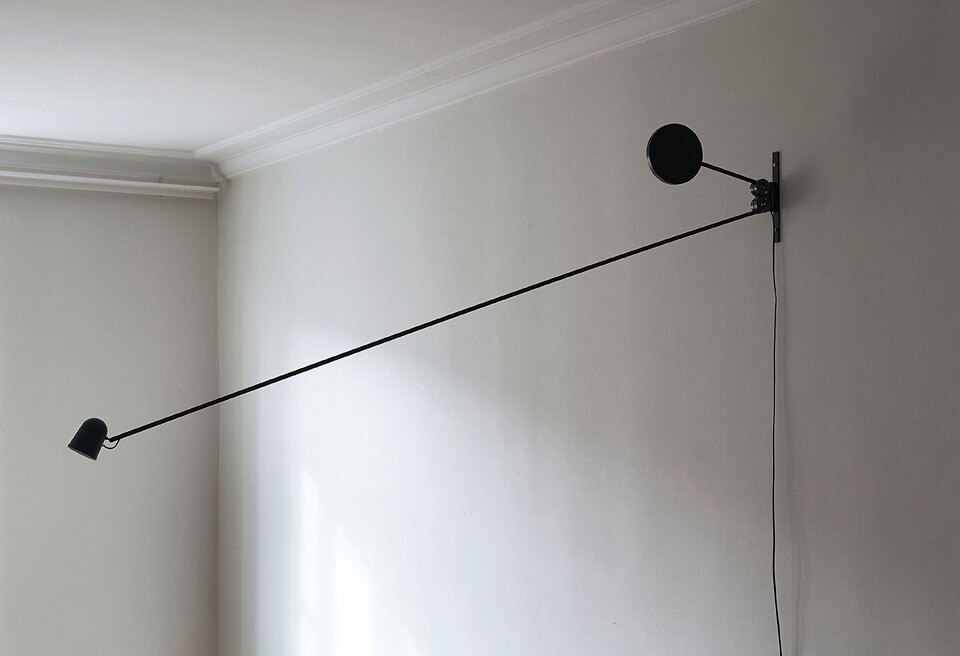
This “obsession” of his has a clear and declared genesis: life in a Nordic country where daylight gives way to long periods of darkness, obliging the use of artificial lighting that, however, tends to make interiors seem small and cramped. Rybakken made his first steps into lighting design when he was 16, for a room at his mother’s house in Oslo. Although the room had high ceilings, a large window and a balcony, the early fall of darkness and a reliance on artificial light made it seem confined and poky. He resolved the problem by simply fitting neons behind the curtains to perceptively enlarge the interior and lessen the feeling of being hemmed in and isolated.
His first true project in 2007 took its cue from that adolescent idea. A mock window called Daylight Comes Sideways, in reality it was an led screen showing the blurred outline of a tree swaying in the distance. Rybakken was looking for ways to introduce the sensation of natural light emitted by walls, conceptually not unlike his table project: a lamp in disguise. He also adopted the same ploy for the Swedish company Vasakronan, where he clad the office building’s foyer with Corian slabs that conceal sheets of aluminium foil with incorporated leds, which are assembled to form the silhouettes of windows. Only in the evening, in the designer’s intention, does the deception become apparent.
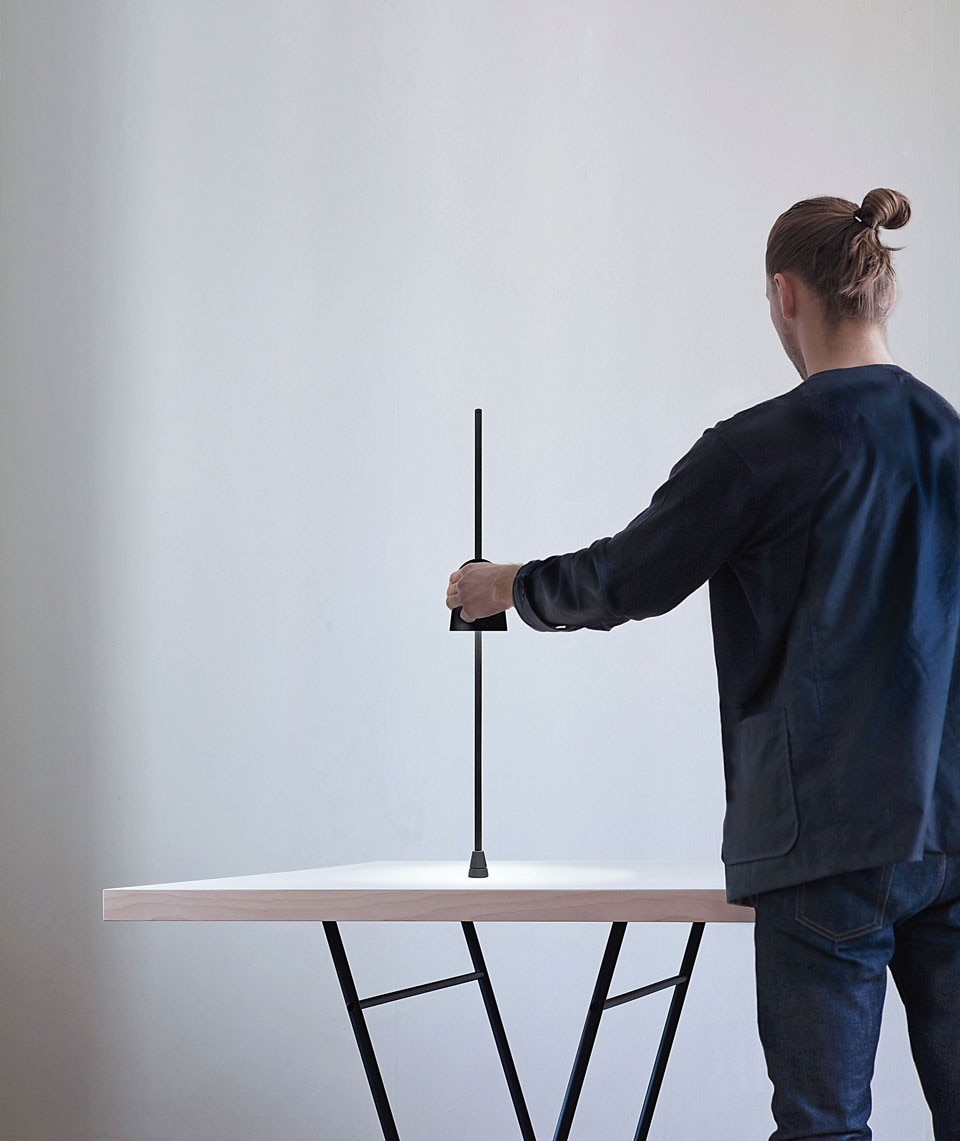
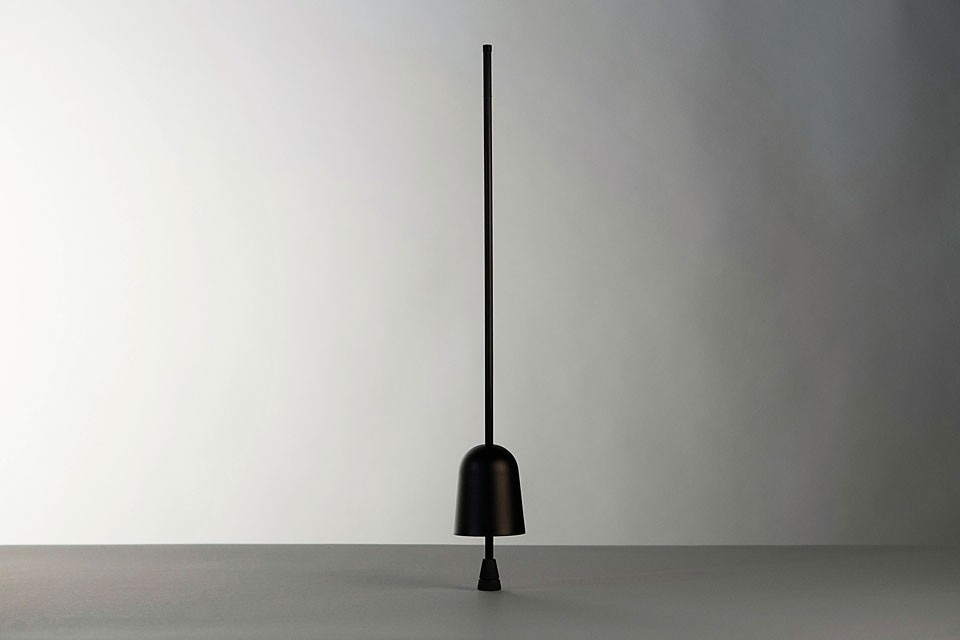
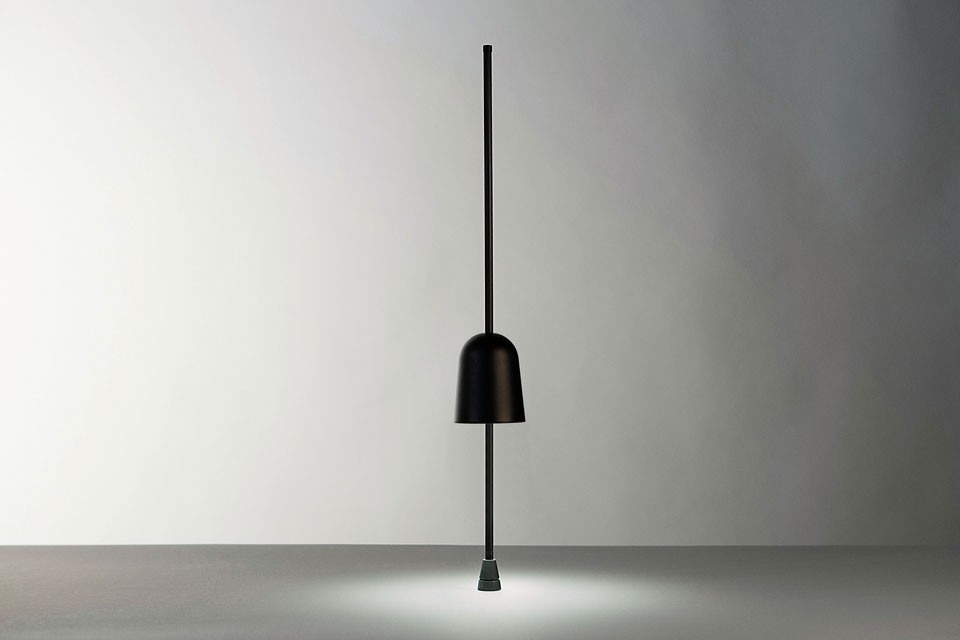
“Even if in some ways I’m a technology fanatic,” Rybakken adds, “I think that if you treat it as the guiding force of a design, it’ll be doomed to rapid obsolescence. Just look at the led lamps of five years ago, or even at pieces by a designer like Ingo Maurer, in which the novelty lies exclusively in the light source.” Rybakken’s lamps are designed to withstand time because they are conceptual; their technology can be updated while leaving intact the idea that inspired them.
In line with this philosophy, Rybakken wants to concentrate on the development of a few, well-conceived and highly effective projects, for design but also installations. He believes in the in-depth work of professionals, and does not share the enthusiasm for 3d printers (“Perhaps because we already used them at school, I see myself as a 2d designer”) or open-source design (“I’m afraid design might escape the professional designer’s control”). Daniel Rybakken hardly reflects the standard image of a young Scandinavian designer, and that’s probably one of his strengths.
